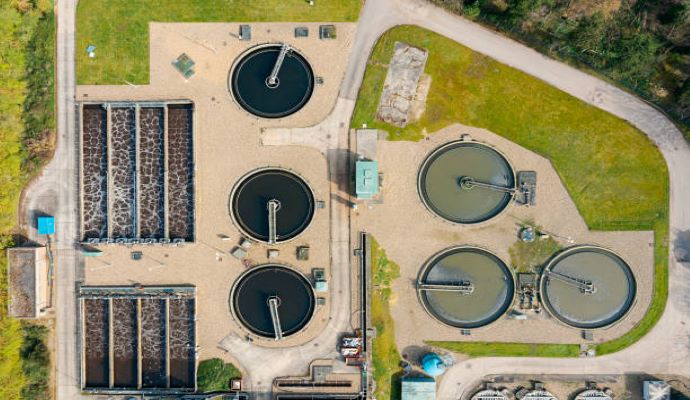EPA to Propose National Drinking Water Regulations
In 2023, the EPA plans to propose and enforce national drinking water regulations to minimize the presence of PFOA and PFOS, chemical compounds with many healthcare implications.

Source: Getty Images
- Earlier this year, the United States Environmental Protection Agency (EPA) announced plans to propose, establish, and enforce national drinking water regulations for perfluorooctanoic acid (PFOA), perfluorooctanesulfonic acid (PFOS), and other similar substances, PFAS. These substances — which are commonly found in everyday items such as cosmetics, paper straws, nonstick pans, carpets, food packaging, cleaning products and more — are known to have profound healthcare implications.
The CDC suggests that PFAS exposure may cause high cholesterol, changes in liver enzymes, high blood pressure or preeclampsia, low infant birth weight, kidney or testicular cancer, or worsened vaccine coverage. The EPA notes that it can also significantly impact the immune system, cardiovascular system, and development.
In addition, a study earlier this year in the Journal of Hepatology found an increased risk of hepatocellular carcinoma associated with high levels of PFOS. Among 200,000 people living in California and Hawaii, 50 cases of hepatocellular carcinoma were linked to PFAS exposure. While this may seem like an insignificant proportion, the increasing rates of PFAS exposure have caused concern for many public health experts.
According to the EPA, it plans to have a finalized ruling by the end of 2023, including a non-enforceable maximum contaminant level goal (MCLG) and an enforceable standard, a maximum contaminant level (MCL), or treatment techniques.
The MCLG is defined by the EPA as “the maximum level of a contaminant in drinking water at which no known or anticipated adverse effect on the health of persons would occur, allowing an adequate margin of safety.” While this level may not be attainable, an enforceable standard can be set to get as close as possible to the MCLG.
The interim lifetime health advisory levels include a maximum of 0.004 parts per trillion (ppt) of PFOAs and 0.02 ppt PFOSs. The EPA notes, “The PFOA and PFOS interim health advisories are intended to be in place during the time interval between initial understanding of health effects and publication of the final health advisory or maximum contaminant level goal (MCLG) and National Primary Drinking Water Regulation. EPA anticipates proposing a National Primary Drinking Water Regulation by the end of 2022 and finalizing it by the end of 2023. In contrast, final health advisories are based on final health effects assessments.”
As discussions around finalized new standards progress, many people anticipate it will be a tumultuous journey involving many controversies between the EPA and water treatment plants. An article in Stat News notes that many water treatment plans are concerned about implementing guidelines, only to have to update and reimplement new things when other compounds are discovered. Regardless of the controversy and what the final resolution is, it is clear that minimizing exposure to these compounds is a necessary public health decision.
